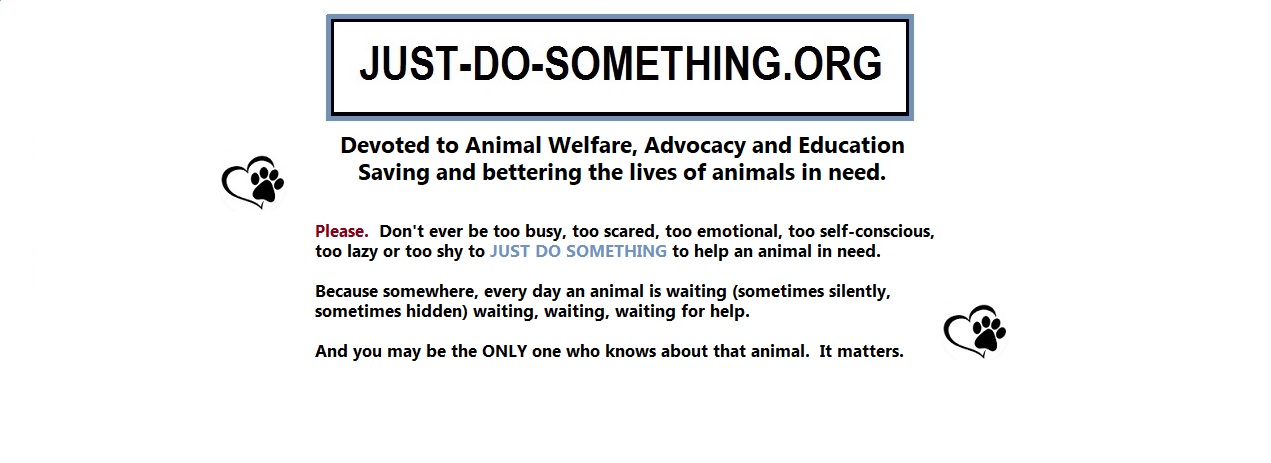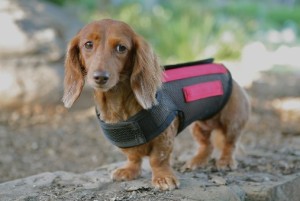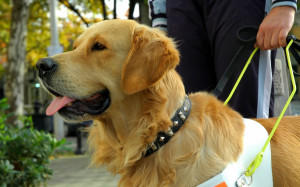Before you Comment, take a moment to review our guidelines!
I’m a Social Thanatolgist. If you’re asking yourself – “A WHAT??” – believe me, you are not alone.
A Thanatolgist is someone who studies death, dying and bereavement. A Social Thanatolgist looks at how people and cultures deal with the same issues. In other words, I am interested in how the interconnected web of our culture and society deals with death, dying and bereavement.
The company I started 4 years ago, New England Pet Hospice & Home Care, helps people care for ill, elderly and special needs animals at home following the human hospice model of interdisciplinary care. Like human hospice, we support the entire family unit in all areas of suffering through aging, illness, death and bereavement.
Our team of more than 25 professionals includes veterinary nurses, counselors, home health aides, groomers, a chaplain, grief companions, energy workers, massage therapists, and many more – all working as one cohesive team to bring comfort to the ailing and peace to the suffering during a time that all of us consider sacred and important.
When I say this I generally get one of two reactions – people think I’m NUTS. Or people think I’m an angel.
Honestly, I don’t think I am either. I’m just a devoted animal lover who believes death is a sacred and important time that reveals much about how we live our lives and teaches volumes about heart-centered living.
Think about this – in the last 100 years, our society as a whole has lost touch with the dying process, death and healthy grief. In the early 1900’s, 80% of people died at home and half of all children died before their first birthday. People of all ages cared for their ill and dying with their own hands, prepared bodies after death, sat vigil in their homes and buried their dead.
Today, most children will live to adulthood and 75% of adults will die in an institutional setting. We send our elderly to nursing homes, our dying to hospitals and our dead to funeral homes. Children – and often adults also – are kept from the ”ugliness” of death, away from the sight of their own loved ones as they age and especially as they die.
We no longer know how to care for our own and we are extremely uncomfortable doing so.
At the same time, unrealistic, accelerated, sensationalized depictions of death, dying and bereavement flood our homes daily in the news, television, movies and other media. We see death as it rarely is – quick, violent, and without consequences.
We expect instant death or steady decline. We are wholly unprepared for the more common progression of age and disease leading to death – its unpredictable, unstable, slow and confusing pace.
So how does hospice for pets fit into this??
Consider this – we accept animals into our homes now more than ever before.
39% of homes in the United States have at least one dog and 33% of homes have at least one cat. With an average lifespan of 12-15 years, it is clear that most of us animal lovers will see our animals age and die in their time with us.
Furthermore, 64% of homes with children under age 6 and 75% of homes with children over age 6, have companion animals. This means most children in this country will experience the death of a beloved animal before they reach maturity. What we teach our children about caring for animals in illness and infirmity informs their worldview of how to treat all living beings in similar situations.
When we care for our animals well, we learn skills that benefit not only the animal, but all for whom we will care in the future – whether they have skin, hair, fur, fins or scales. When we accept the unpredictability and sacredness of aging and dying, we learn to live much more fully, in the moment and with a stronger appreciation for what truly matters.
In my time working in both human and animal hospice I have seen much and learned more:
• That as we have lived, so shall we die. Lovingly. Loudly. Quietly. Angrily. Peacefully.
• That something comes next, even if we don’t know what.
• That loss is loss – whether it is loss of a person, animal, job, marriage, hope or dream.
• That the skills needed to cope with loss in a healthy way can be learned and are transferable.
• That when we open our hearts to the difficulty and uncertainty of loss, we live more fully.
• And, that our lives, our losses, our joys are all interconnected.
– Heather Merrill
New England Pet Hospice & Home Care supports those caring for ill, elderly and special needs animals at home following the human hospice and palliative care models of interdisciplinary care. Learn more and get your FREE subscription to Wag & Purr: Your Guide to Comfort Care for Pets at www.NEPetHospice.com.








